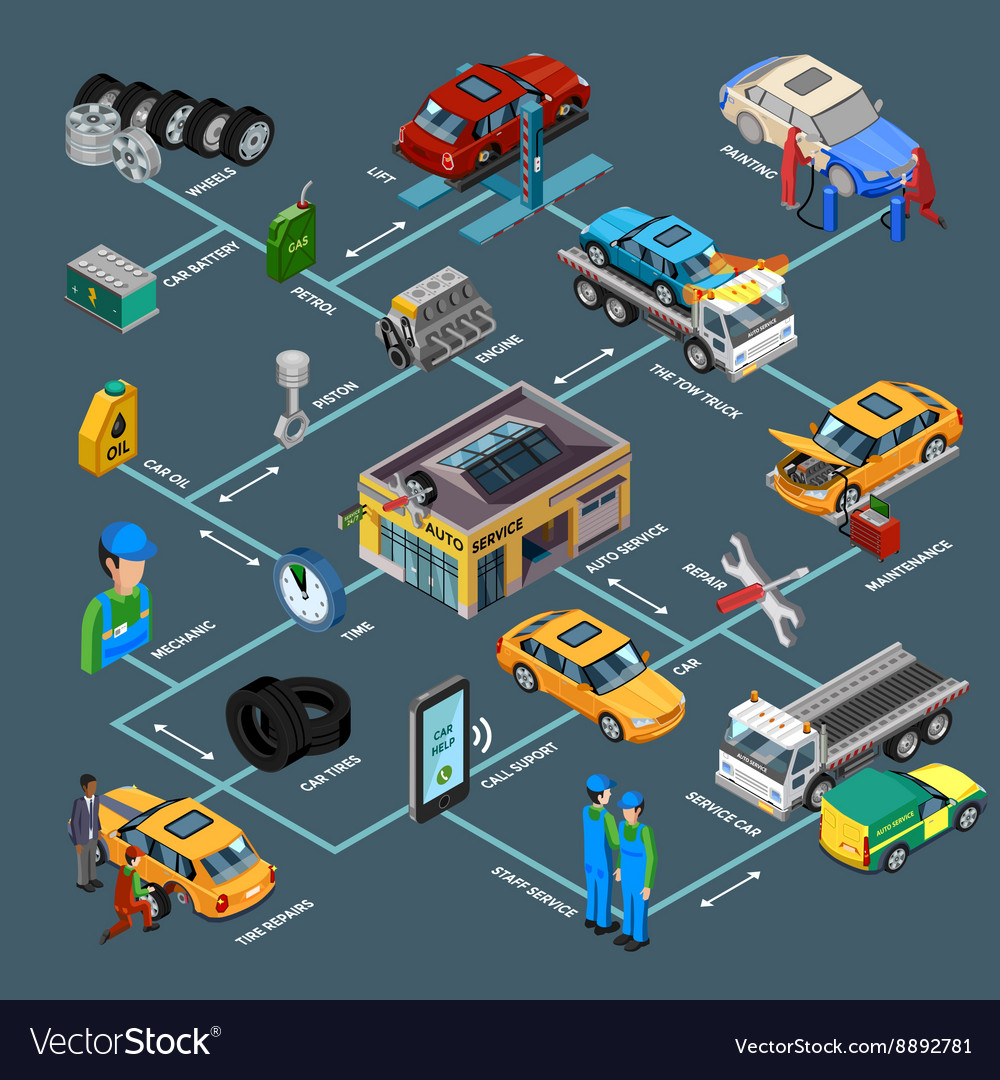Assessing Your Cars And Truck'S Warning Indicators: What They Actually Communicate
Assessing Your Cars And Truck'S Warning Indicators: What They Actually Communicate
Blog Article
Content Develop By-Termansen Dalgaard
When you're behind the wheel, those glowing warning lights on your control panel can be a bit perplexing. Do you recognize what they're trying to tell you about your automobile's wellness? Understanding the relevance of these lights is vital for your safety and security and the durability of your automobile. So, the next time one of those lights appears, would not you intend to analyze its message precisely and take the required steps to resolve it?
Common Caution Lighting and Interpretations
Determine typical caution lights in your car and recognize their definitions to make sure risk-free driving.
The most typical caution lights consist of the check engine light, which indicates problems with the engine or discharges system. If this light comes on, it's vital to have your car examined promptly.
The oil stress advising light indicates low oil pressure, calling for instant focus to avoid engine damage.
A flashing battery light might recommend a malfunctioning charging system, possibly leaving you stranded otherwise dealt with.
car clean service monitoring system (TPMS) light notifies you to low tire pressure, affecting vehicle security and gas performance. Overlooking this might cause hazardous driving conditions.
The abdominal muscle light indicates an issue with the anti-lock stopping system, endangering your capability to stop swiftly in emergencies.
Last but not least, the coolant temperature advising light warns of engine overheating, which can result in extreme damages if not solved promptly.
Recognizing these usual caution lights will certainly aid you attend to problems quickly and keep secure driving conditions.
Significance of Prompt Focus
Understanding the common caution lights in your vehicle is only the first step; the value of without delay attending to these cautions can not be emphasized sufficient to guarantee your security when traveling.
When a caution light illuminates on your dashboard, it's your auto's way of communicating a potential problem that needs focus. Neglecting these cautions can bring about more serious issues in the future, jeopardizing your safety and potentially costing you extra out of commission.
Motivate focus to warning lights can avoid breakdowns and accidents. As an example, a blinking check engine light can suggest a misfire that, if left unattended, might trigger damages to the catalytic converter. Addressing this promptly can save you from an expensive repair work.
Similarly, a brake system alerting light might indicate reduced brake fluid or worn brake pads, essential elements for your safety and security when driving.
DIY Troubleshooting Tips
If you discover a warning light on your control panel, there are a couple of DIY repairing ideas you can attempt before seeking professional assistance.
https://connerdztni.blogoxo.com/30079642/a-decade-of-progression-in-auto-outlining-techniques is to consult your automobile's manual to comprehend what the details warning light shows. Sometimes the issue can be as simple as a loosened gas cap setting off the check engine light. Tightening the gas cap might solve the trouble.
An additional common problem is a low battery, which can activate various alerting lights. Inspecting the battery connections for rust and guaranteeing they're secure could take care of the issue.
If a warning light continues, you can try resetting it by separating the automobile's battery for a few minutes and then reconnecting it. Furthermore, examining your automobile's liquid levels, such as oil, coolant, and brake fluid, can assist fix alerting lights associated with these systems.
Conclusion
Finally, comprehending your cars and truck's warning lights is essential for keeping your lorry running efficiently and securely. By immediately dealing with these alerts and recognizing what they mean, you can avoid expensive repair services and possible malfunctions.
Bear in mind to consult your vehicle's handbook for certain details on each alerting light and take action as necessary to make sure a trouble-free driving experience.
Remain informed, stay secure when driving!
